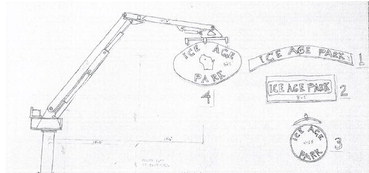Latest air quality report showing improvement
The newly released 2021 Wisconsin Air Quality Trends report shows Wisconsin’s air quality continues to improve, building on a nearly 20-year trend. According to the annual report, concentrations of monitored pollutants are decreasing throughout the state, and a majority of the state is meeting all federal air quality standards.
This year’s report includes official state monitoring data through 2020, for air pollutants regulated under the federal Clean Air Act, including ground-level ozone, particle pollution, sulfur dioxide, nitrogen dioxide and carbon monoxide.
The most recent data shows statewide reductions in ozone values, including along Wisconsin’s Lake Michigan shoreline, an area historically impacted by elevated ozone concentrations. While nine Lake Michigan shoreline counties are not currently meeting national standards, the region has seen a 25 percent average reduction in ozone concentrations since 2001.
Wisconsin has also seen dramatic reductions from industrial sources of air pollutants. Since 2002, industrial source emissions of volatile organic compounds (VOCs) have dropped 39 percent. VOCs react in the air to form ozone, so this decline in emissions is very important to meeting state ozone goals.
Emissions of sulfur dioxide have decreased 92 percent. The greatest reductions are a direct result of cleaner burning and more efficient fuel combustion from highway vehicles, and electric utilities.
In addition, fine particle concentrations have decreased 35 percent since 2002, and the entire state is meeting the federal standard, which was not the case a decade ago.



